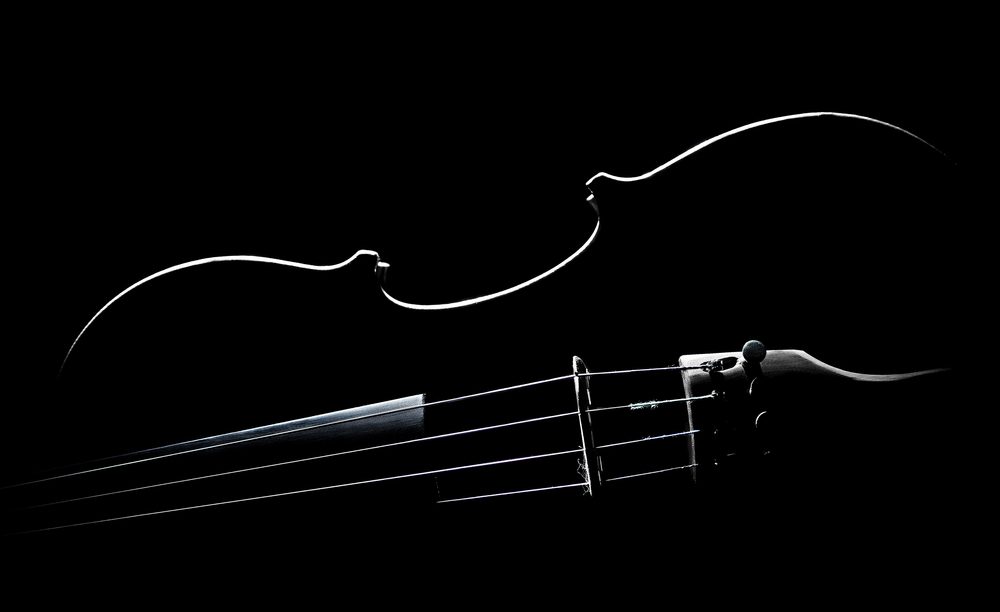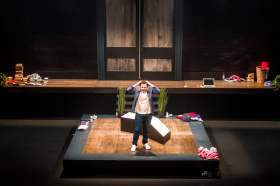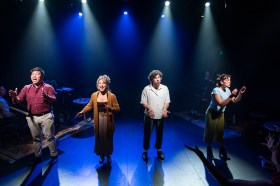Resisting the geographic pull of Sydney and Melbourne and retaining talent in smaller capital cities is ‘a perennial problem for most art forms,’ according to Jodi Glass, Chair of Chamber Music Adelaide.
However, she also knowledges that the arts ecology of a city like Adelaide means opportunities for musicians – especially young, classically trained students and graduates – can be relatively few and far between.
‘We tend to have, in Adelaide, dominant art forms and dominant institutions by virtue of scale,’ Glass explained.
‘Adelaide Symphony Orchestra is a classic example in the classical music field and then perhaps also the Australian String Quartet, an internationally recognised ensemble but it’s only got four players. And the Adelaide Symphony Orchestra has tenured players. Other artists have to find gigs between that, and so often you find that you can’t sustain yourself here as a full time professional musician,’ she said.
Read: Creative career progression in the arts
Vincent Ciccarello, Managing Director of the Adelaide Symphony Orchestra (ASO) notes that the ‘sheer size of Melbourne and Sydney in particular, and the infrastructure and the opportunities that come with them,’ makes it a particular challenge to retain young, classically trained musicians in smaller cities.
‘It’s a numbers game,’ he told ArtsHub. ‘We have a single state symphony orchestra in South Australia, whereas in addition to the state symphony orchestras in New South Wales and Victoria, for example, there are the opera and ballet orchestras and a number of other ensembles. So just the pure law of numbers suggests that there are more opportunities [in larger cities] and therefore you might lose people for those reasons.’
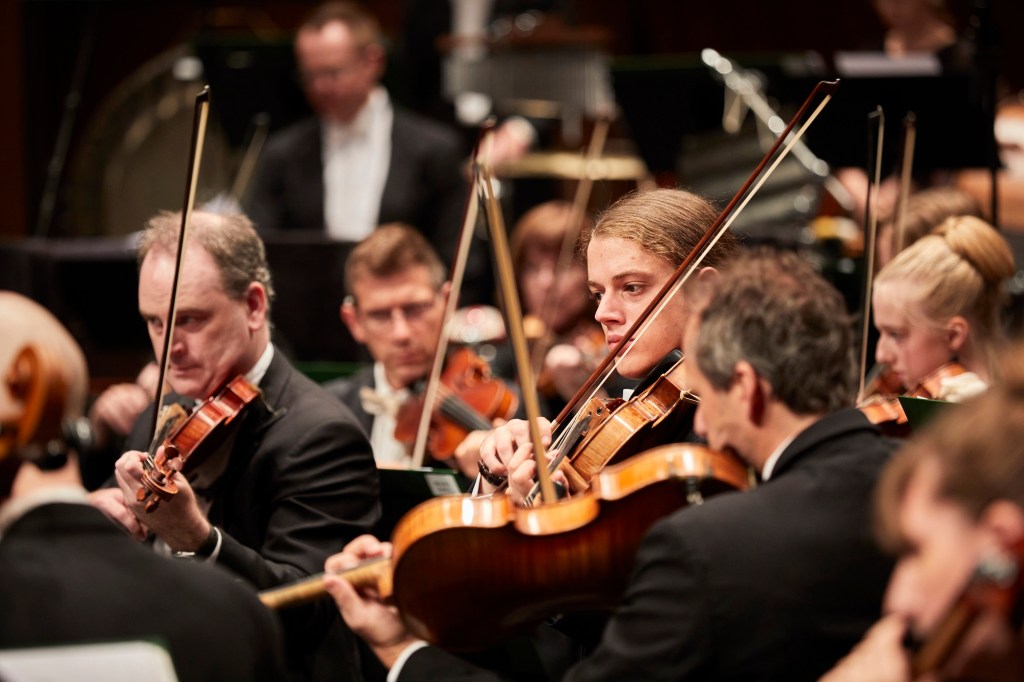
Ciccarello also notes that there’s a structural issue specific to the orchestral sector that limits the number of jobs available.
‘The lifecycle of the membership of symphony orchestras, generally speaking, has a very long tail. When people come into these jobs, which come up rarely, they hang on to them. For decades, usually,’ he said.
LEAVING GOOD, RETURNING BETTER
Dr Arabella Teniswood-Harvey is Head of Music at the University of Tasmania’s Conservatorium of Music, and has first-hand experience of the gravitational pull larger cities can exert.
‘From my own experience, I grew up in Tasmania and I went to Melbourne for my upper secondary school education and my tertiary education, and stayed on there for about 10 years before coming back to Tasmania. So I do understand that desire to seek bigger places and bigger experiences,’ she told ArtsHub.
Teniswood-Harvey’s experience demonstrates that leaving one’s home town is not necessarily damaging for the local arts ecology in the long terms. Many artists eventually return home, disseminating skills and experiences they have learned elsewhere among a new generation of practitioners.
‘I think it’s really important, particularly for an island state like Tasmania, for young people to experience the wider world.’
Dr Arabella Teniswood-Harvey
‘It’s through the experiences of others – from people coming back to Tasmania, whether from the mainland or from other countries – that we increase awareness of the broader world for those in Tasmania. I think that’s really important,’ she continued.
‘At the same time I think we have a lot to offer within Tasmania itself … and particularly now, with the ease of access to information globally, there is a lot that can be done from Tasmania, while still participating in broader dialogues.’
Read: Building cultural capacity outside the CBD
Ciccarello agreed, noting that there is often a cycle of people leaving to learn new skills and returning years or even decades later.
‘We know that people do – and especially now; it seems that people are more mobile – that people are drawn back to the place of their birth or the place where they spent the bulk of their life and where they have those continuing family and friend connections,’ he said.
‘The brain drain is not necessarily once and forever. It may be a temporary hiatus in what is a career circle or a cycle that brings people back again.’
BUILDING CAPACITY AND OPPORTUNITY
If cities like Hobart and Adelaide are to retain their young musicians, more opportunities for professional practice and performance need to be created, according to Glass.
‘The reality of living in a smaller city like Adelaide, which is remote, is that there are fewer opportunities,’ she said. ‘And that’s not particular to music, as I said, but there are ways of building capacity.’
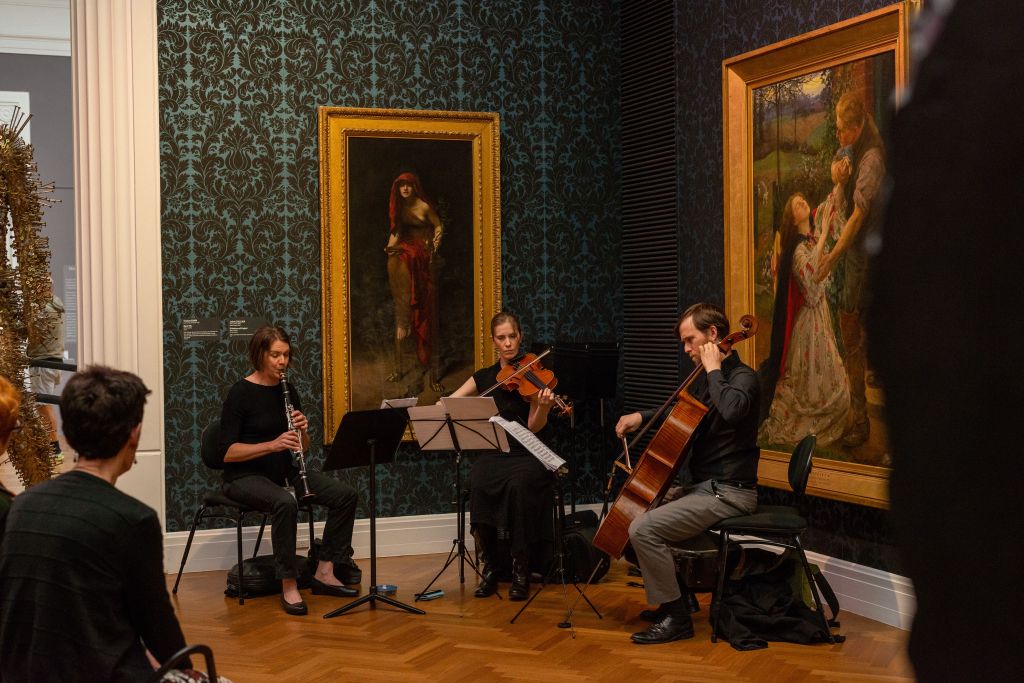
Creating more opportunities for performers and building audiences for chamber music is part of the raison d’etre of Chamber Music Adelaide, the umbrella organisation representing seven local ensembles that Glass chairs
‘The role that an organisation like Chamber Music Adelaide can play is to foster all those scaled ensembles that might have ongoing work but not necessarily fixed employment. So fostering multiple gigs through the year; collaborations; commissions; performing in festivals; doing larger scale works by combining two or three ensembles; giving opportunities for soloists and so forth,’ Glass explained.
‘Having a range of opportunities means there’s more work, there’s more opportunities for those emerging artists or early to mid-career artists who haven’t yet been able to establish ongoing work, and so giving them a chance to build their capacity, build their repertoire, build their presence.’
THE ROLE OF INFASTRUCTURE
Despite being a UNESCO City of Music, Adelaide lacks a dedicated concert hall or music centre – to the detriment of the city’s culture, Ciccarello believes.
‘We continue to lack a dedicated home for music in South Australia. We’ve been calling it a Concert Hall but I’d rather call it the Centre for Music or the Music Hub. We are missing that place that is identifiably the place where music happens in South Australia and I think the sooner that happens, the better our stocks will fare,’ he said.
‘I genuinely believe that old saying that if you want to be it, you’ve got to see it. And at the moment, there is no obvious place where music happens.’
Read: The UNESCO City of Music without a concert hall
Infrastructure plays a part in training and development, and consequently in helping to retain artists in cities like Adelaide, Ciccarello explained.
‘And that is missing in Adelaide,’ he told ArtsHub.
Glass would also like to see a Centre for Music or similar building constructed in Adelaide, though with at least one major caveat. ‘It has to be affordable,’ she said.
‘If it’s a concert hall that is beyond the reach of most independent artists or even small to mid-sized ensembles … it will have no meaningful impact on their working lives.’
Jodi Glass
Glass said she wants to see investment in infrastructure matched by equivalent investment in artists. She also believes that any major new venue must be affordably priced and flexible, in order to suit a range of artistic needs.
‘A concert hall will absolutely serve the Adelaide Symphony Orchestra, but the Adelaide Symphony Orchestra simply cannot perform 365 days of the year. So it would need to be complementarily filled with other performances. And a concert hall is not a pros-arch theatre that will suit other art forms, it’s a concert hall that would be dedicated to music, so some programming thought needs to be spent there,’ she cautioned.
THE HEDBERG
In Hobart, the recently completed performing arts precinct The Hedberg is providing exactly the sort of cultural focus Ciccarello believes in missing in Adelaide.
As Teniswood-Harvey describes it: ‘We have a fantastic new building, The Hedberg, which is very special. It’s designed beautifully to cater for musicians of all specialisations … and has fantastic recording facilities that can benefit both those studying music technology but also the performance students.
‘It also has two beautiful spaces, the recital hall and the salon, and some fantastic mid-sized rooms for ensemble rehearsals, as well as practice rooms for the performance students. And the two performances spaces have variable acoustics … and this means that its suitability as a venue for a huge range of musical styles has really increased, and we can also simulate different concert environments,’ she said.
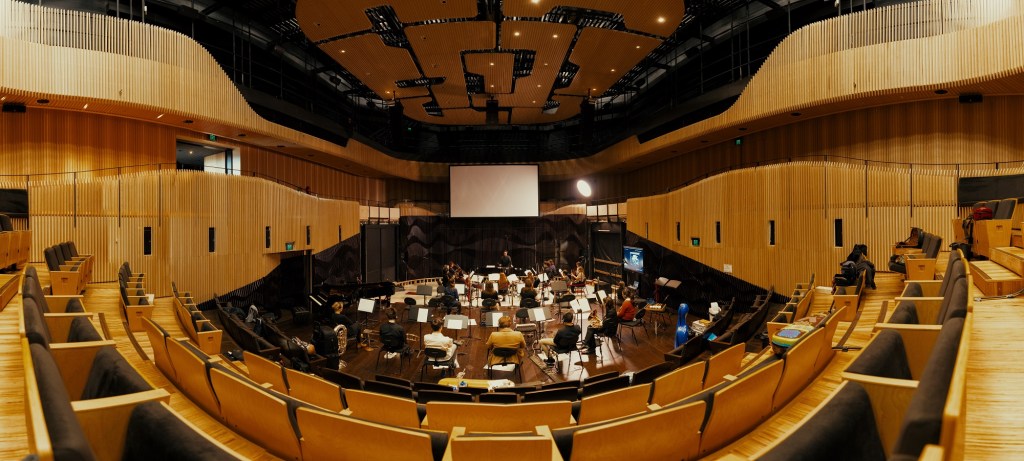
Asked if The Hedberg might help reduce Hobart’s brain drain and perhaps even attract additional students from the mainland to study in Tasmania, Teniswood-Harvey replied: ‘The building itself is a drawcard … It’s certainly a fabulous building that’s right in the centre of town and it has everything that you could really want to study music.’
Tasmania has changed since Teniswood-Harvey had to move to the mainland to study, and she believes Hobart is now much more attractive to artists – especially those who already call the city home.
‘We have a very stimulating contemporary arts scene now, obviously from the Mona effect and the flow on from that with the various festivals and so on, so there’s always a lot going on which there wasn’t 10 years ago. Hobart has changed a lot, which is exciting for students … it’s really becoming quite a stimulating city to be in,’ she said.
‘We also have some fantastic, highly skilled musicians in Tasmania. We’re very lucky in a way, obviously with the musicians of the TSO but also those who have had really significant careers elsewhere in Australia and overseas and who are now calling Tasmania home. I think we’re very lucky to have great people around us and great facilities as well.’
